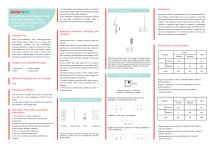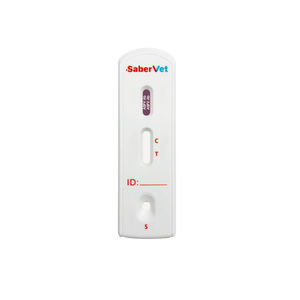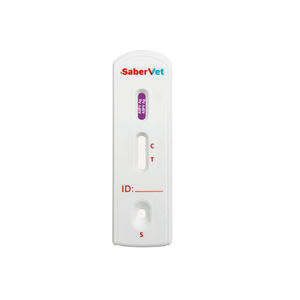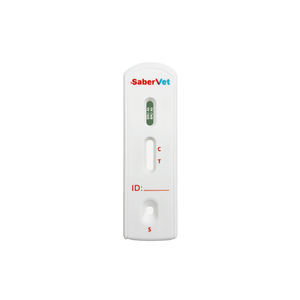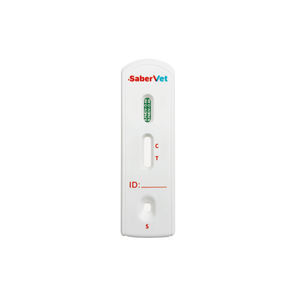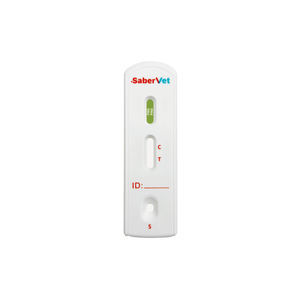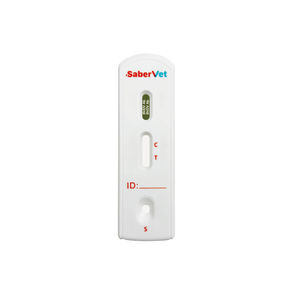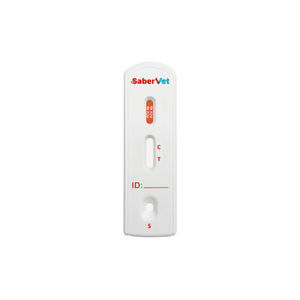
- Laboratory
- Laboratory medicine
- Rapid infectious disease test
- Hangzhou Antigenne Technology Co. Ltd
- Company
- Products
- Catalogs
- News & Trends
- Exhibitions
Rapid infectious disease test SaberVetveterinaryfor cattlefor calves
Add to favorites
Compare this product
fo_shop_gate_exact_title
Characteristics
- Applications
- for infectious diseases
- Application field
- veterinary
- Patient type
- for cattle, for calves
- Micro-organism
- virus
- Sample type
- urine, blood, nasal, feces, saliva
- Format
- cassette
Description
Bovine foot-and-mouth disease virus (Foot-and-Mouth Disease Virus, FMDV) type O is an important type of virus causing foot-and-mouth disease, foot-and-mouth disease is a highly contagious animal disease, which causes serious economic losses to the livestock industry.
1.Clinical symptoms
Acute symptoms:
Fever: body temperature rises above 40°C at the beginning of the disease.
Oral blisters and ulcers: blisters appear on the oral mucosa, tongue, lips, gums, hard palate and other parts of the mouth, and ulcers are formed after the blisters rupture.
Hoof blisters and ulcers: blisters appear at the crown of the hoof, the skin between the hooves, the hoof toes, and the ball of the hoof, rupture of the blisters and formation of ulcers, leading to lameness.
Udder blisters and ulcers: blisters appear on the cow’s teats and udder skin, rupturing to form ulcers, leading to decreased milk production.
Salivation: the sick animal salivates a lot, the saliva is sticky, sometimes with blood.
Chronic symptoms:
Lameness and swollen joints: lameness is common during the recovery period and there may be chronic ulcers and deformities on the hooves.
Growth and development affected: the growth and development and production performance of cattle may be affected for a long time after the disease has recovered.
2.Transmission
Direct contact: through contact with saliva, nasal fluid, milk, urine, feces and other body fluids of infected animals.
Indirect contact: through the virus contaminated feed, water, utensils, vehicles, clothing and other transmission.
Exhibitions
Meet this supplier at the following exhibition(s):
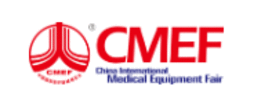
Other Hangzhou Antigenne Technology Co. Ltd products
Livestock
Related Searches
- Blood rapid diagnostic test
- Rapid lateral flow test
- Immunoassay rapid diagnostic test
- Cassette rapid diagnostic test
- Virus rapid diagnostic test
- Serum rapid diagnostic test
- Plasma rapid diagnostic test
- Infectious disease rapid diagnostic test
- Whole blood rapid diagnostic test
- Rapid respiratory infection test
- Urine rapid screening test
- Bacteria rapid diagnostic test
- Rapid feces test
- Clinical rapid diagnostic test
- Nasal rapid diagnostic test
- Obstetrical/gynecological rapid test
- Rapid oral flu test
- Dog rapid test
- Laboratory rapid diagnostic test
- Coronavirus rapid diagnostic test
*Prices are pre-tax. They exclude delivery charges and customs duties and do not include additional charges for installation or activation options. Prices are indicative only and may vary by country, with changes to the cost of raw materials and exchange rates.


